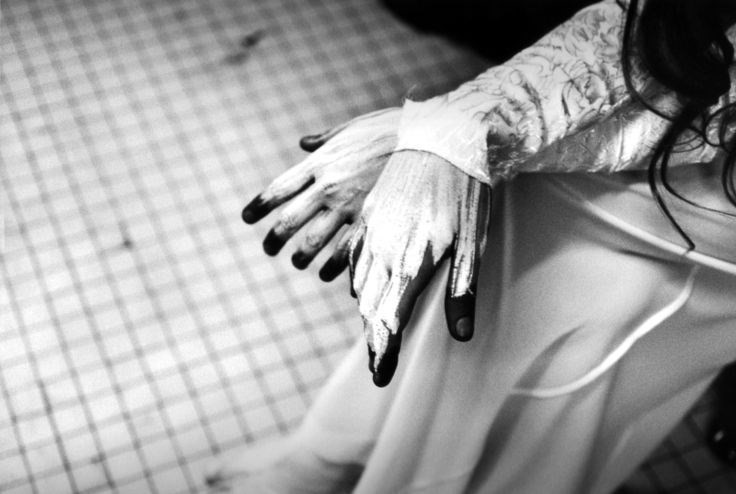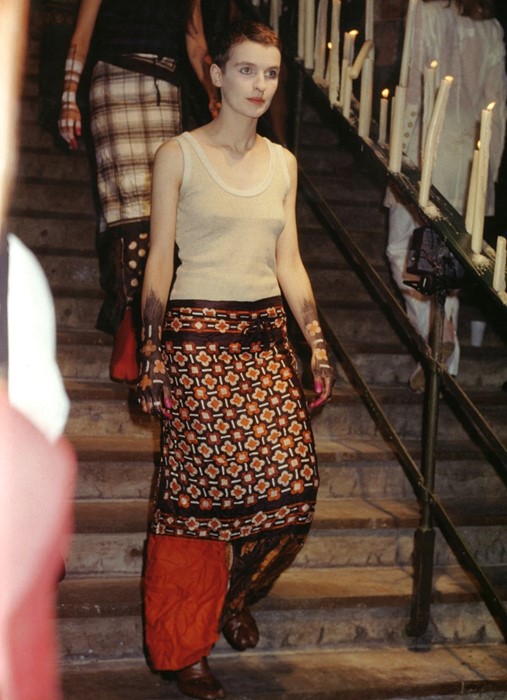AnOther deconstructs the pivotal Maison Martin Margiela show that revolutionised modern fashion as we know it
When John Galliano showed Maison Margiela’s Artisanal collection last month, it was with an emphatic gesture towards the house’s re-appropriative approach to materials: turning potato sacks into dresses and carpets into jackets. As Kaat Debo, Director of Antwerp’s Modemuseum, explained in the accompanying tome to the influential ‘Maison Martin Margiela 20’ exhibit, these kinds of materials are key to the house’s approach to textiles and fabrication; they “do not hide the course of time, but carry along the traces of a garment’s previous life and incorporate it into the new item – they are the silent witnesses of durée.”
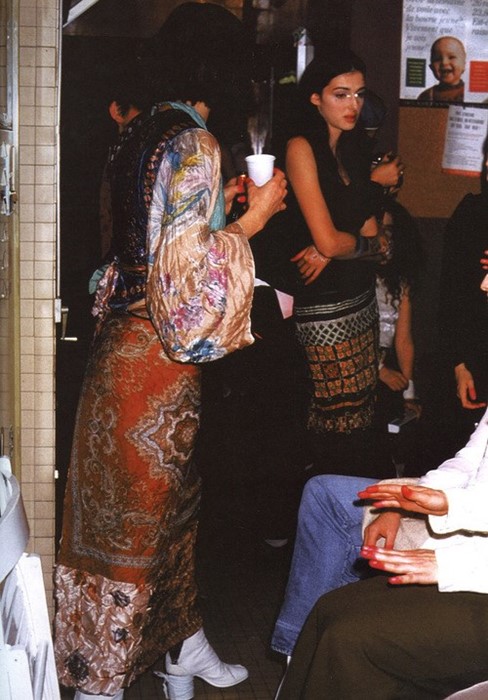
This idea, of “merely reshuffling the materials to reproduce the old in always novel constellations,” was incorporated holistically for the house’s Spring/Summer 1992 collection. Clothing made of vintage materials and silk scarves was presented within an abandoned Paris Metro station, the avant-garde established by renewing historied fabrics and locations. “This complex dialogue of past and present also incorporated a vision of the future,” explained Harriet Quick in 1993. “Margiela’s innovative way of showing clothes broke new ground in mapping out future possibilities for the catwalk show.”
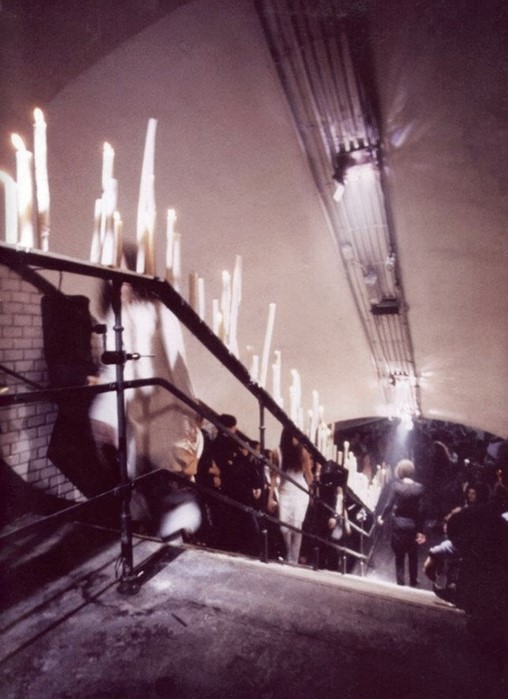
The Show
The show – one of the Maison’s earliest presentations – was held at Paris Metro Station Saint-Martin: a long-abandoned, pre-war facility that had been left deserted since 1939 (aside from serving short stints as a homeless shelter and a brief interlude of operation following the French Liberation). The three stairwells through which the models walked were illuminated by 1,600 beeswax candles affixed to metal handrails by their own wax for a haunting spectacle of lo-fi meets high-fashion and, without a traditional seating plan or structure, the core conventions of fashion show etiquette were instantly upended. A slightly damp, smelly disused underground station was a distinct departure from the sleek auditorium presentations of the late 80s and early 90s.
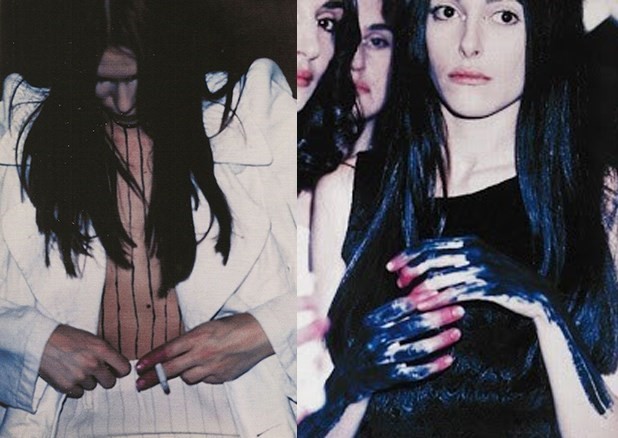
The People
Paint plays an integral part in Margiela’s aesthetic; three years previous, during S/S89, the Maison bathed its models in red paint just before they walked out – a decision that resulted in split-toed tabi footprints along the catwalk. A/W89 was constructed from paint-stained cotton; the Maison’s headquarters are famously coated in thick lashings of matt white emulsion. For A/W92, the pinstripes and prints of the garments were painted onto the bodies of the models resulting in a trompe l’oeil effect, the clothing looking as if its patterns had somehow leaked onto the skin, the barriers between fashion and the body made permeable.
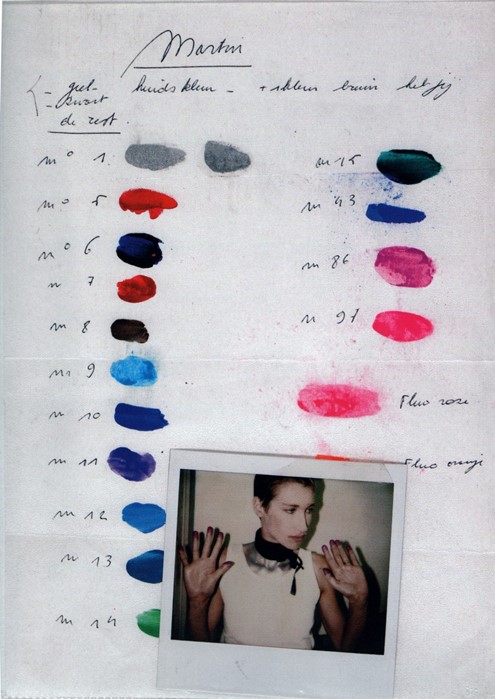
Tiny rhinestones were applied to the inner corner of each eye and hands and fingertips wore a rainbow of coatings, applied with a childish imprecision (although, as the above paint chart shows, this spontaneity was a considered illusion). The girls appeared dirty, dishevelled, a perfect match for the environment they inhabited; worlds away from the high-octane glamour of the 80s and its glossy female ambassadors.
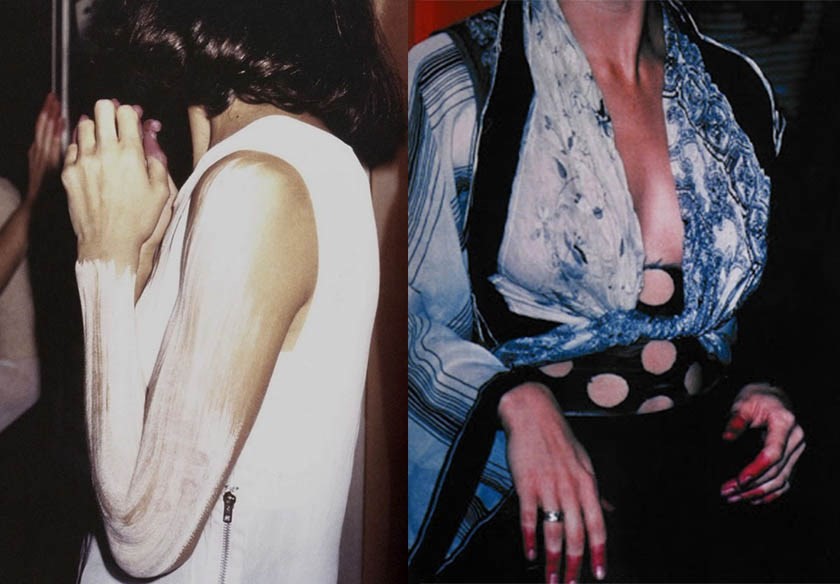
The Impact
“We had just moved through a very high glamour period and there was a new feeling around led by young designers, and Margiela seemed to be really out there proposing something new for fashion which didn’t seem to be based on perfectionist looks and backcombed hair and status jewellery,” explained Harriet Quick to Lou Stoppard last year. “It was a complete provocation, an uproar, but it stuck in people’s minds.” As Susannah Frankel wrote in AnOther Magazine A/W08, “the clothes [Margiela] designed – garments principally reconstructed out of found pieces – were about as far from the strong-shouldered, virulently coloured, status-driven designs by the likes of Claude Montana, Thierry Mugler and even Jean Paul Gaultier that came before them.” It was the start of a new era within fashion, one which was no longer bound by the same rules as it had been previously, and showed the novel approach to the industry that Maison Margiela has continued to uphold ever since.
